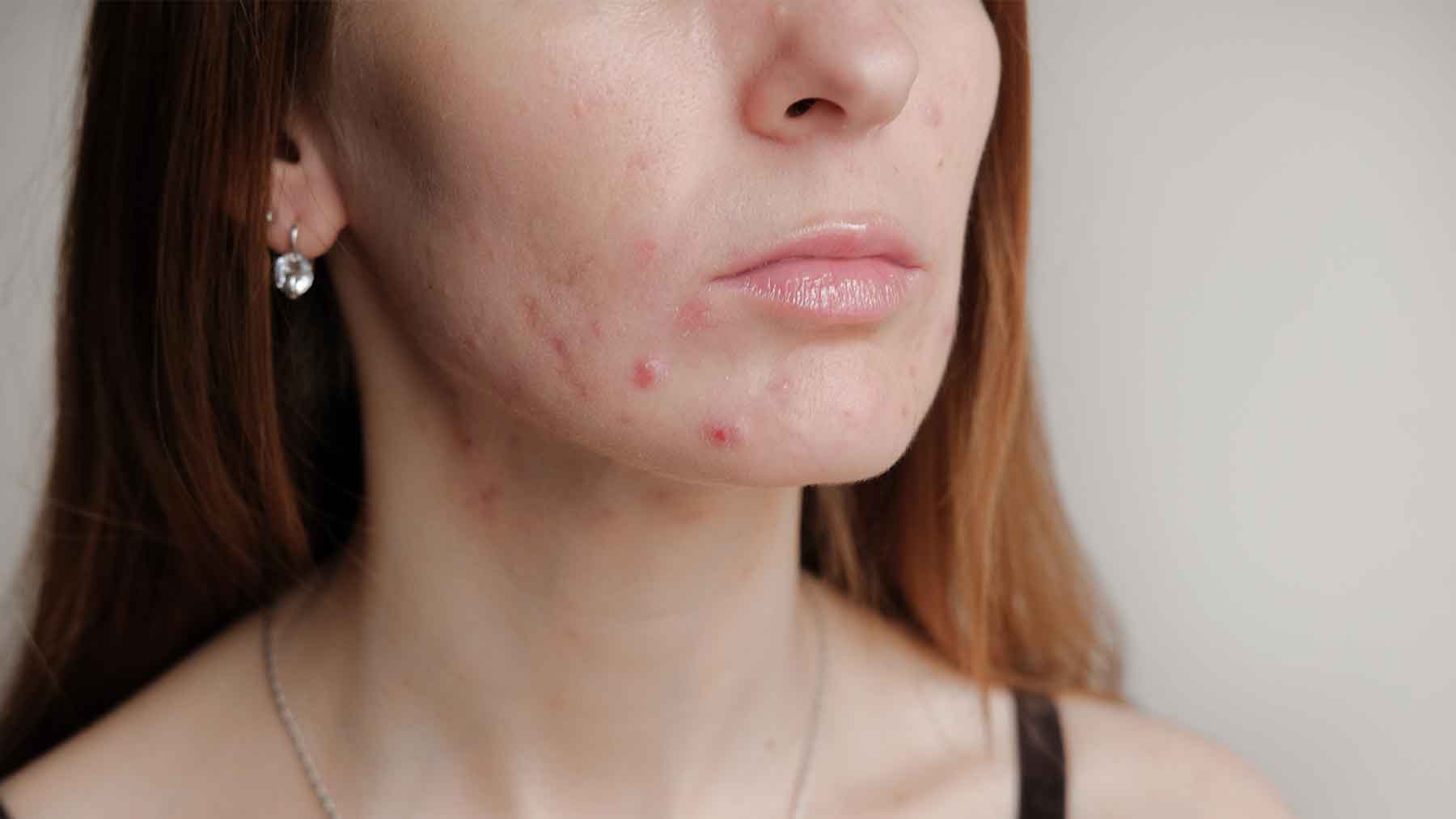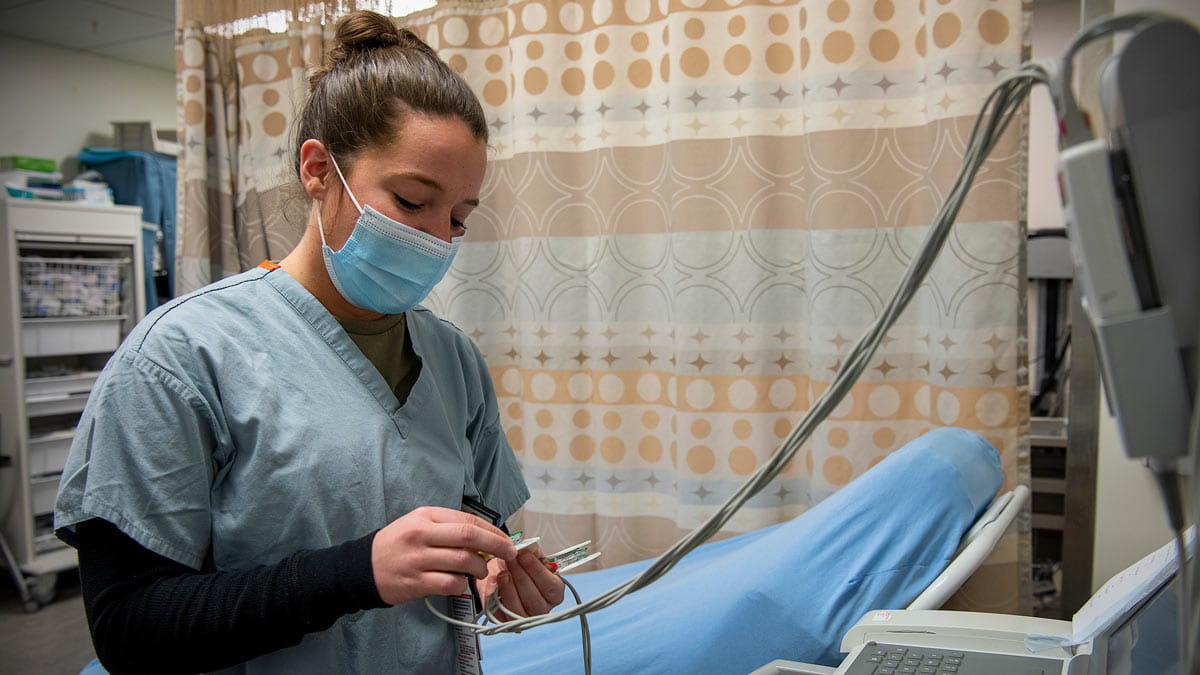Ways to prevent “maskne”

As more places begin to open up, and wearing masks becomes routine, your skin may develop “maskne,” a term used to describe acne in the area a mask is worn.
While this new type of acne may be becoming more prevalent, it shouldn’t keep you from wearing a mask, as they keep you and others safe. These tips can keep maskne from forming in the first place.
- Wash your hands before you do anything, particularly before you put on or take off your mask.
- Use gentle cleanser to clean your face and remove regular dirt/bacteria/oil. This way, your skin is clean to start the day before you even put on your mask. Avoid harsh products since your skin may be more sensitive (no need to use strong toners or astringents) and look for ingredients that are hypoallergenic, noncomedogenic (doesn’t cause blackheads) and pH balanced.
- Use a lightweight moisturizer with sunscreen, especially if your skin is more sensitive. Avoid heavy creams and foundations, which will just lead to clogged pores. Make sure to wait 15-30 minutes for it to absorb into your skin before putting on your mask.
- Skip the makeup altogether. Using makeup around your eyes like mascara and eyeliner is fine, but the goal is to avoid touching your face as much as possible, especially around your eyes, nose and mouth.
- Remember the outside is exposed to the environment. That side of the mask is the “dirty side” and the inside portion is what’s closest to the skin. The mask itself should cover both the nose and the mouth. Don’t wear it around your neck or on top of your head, because then that clean side of the mask will be dirty.
Under the masks
When you breathe, moisture and humidity get trapped under the mask, and that moisture and sweat make your skin oily. The longer you wear the mask, the worse this gets. With the buildup of oil and daily grime, you can be prone to breakouts, especially under the mask in the chin and nose area. Stress can also cause acne flares.
When you take off your mask
Make sure to wash your hands before and after removing your mask. After taking off your mask, remember to wash your face. It’s also important to wash your mask daily. Consider having a few that you use on a rotating basis so you always have a clean one to use.
If you’re feeling oily, consider adding a benzoyl peroxide or salicylic acid wash to your evening regimen. If you have peskier breakouts, you can use an over-the-counter benzoyl peroxide cream directly on those spots or see your board-certified dermatologist for help.
Susan Massick is a dermatologist at The Ohio State University Wexner Medical Center and an assistant professor in the Ohio State College of Medicine. Follow her on Twitter @SusanMassickMD.




